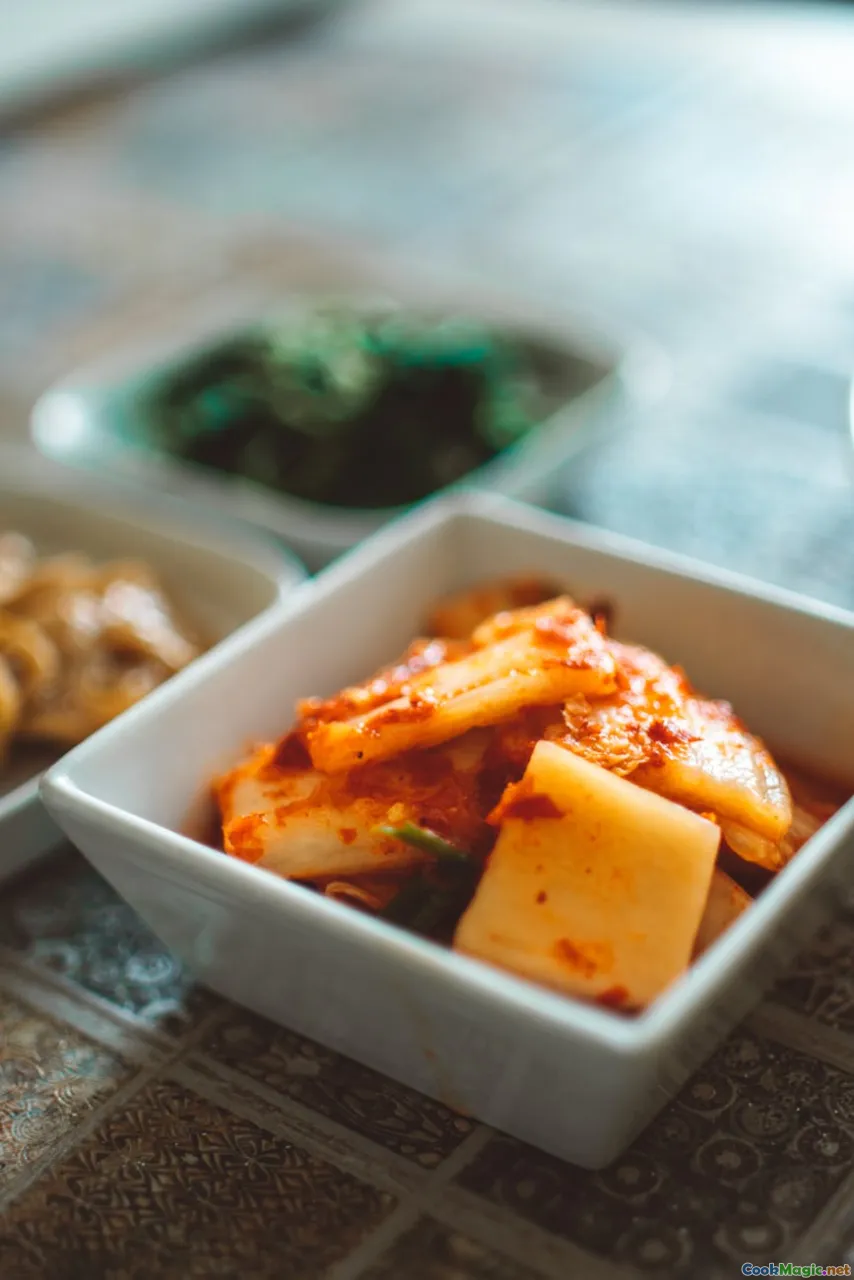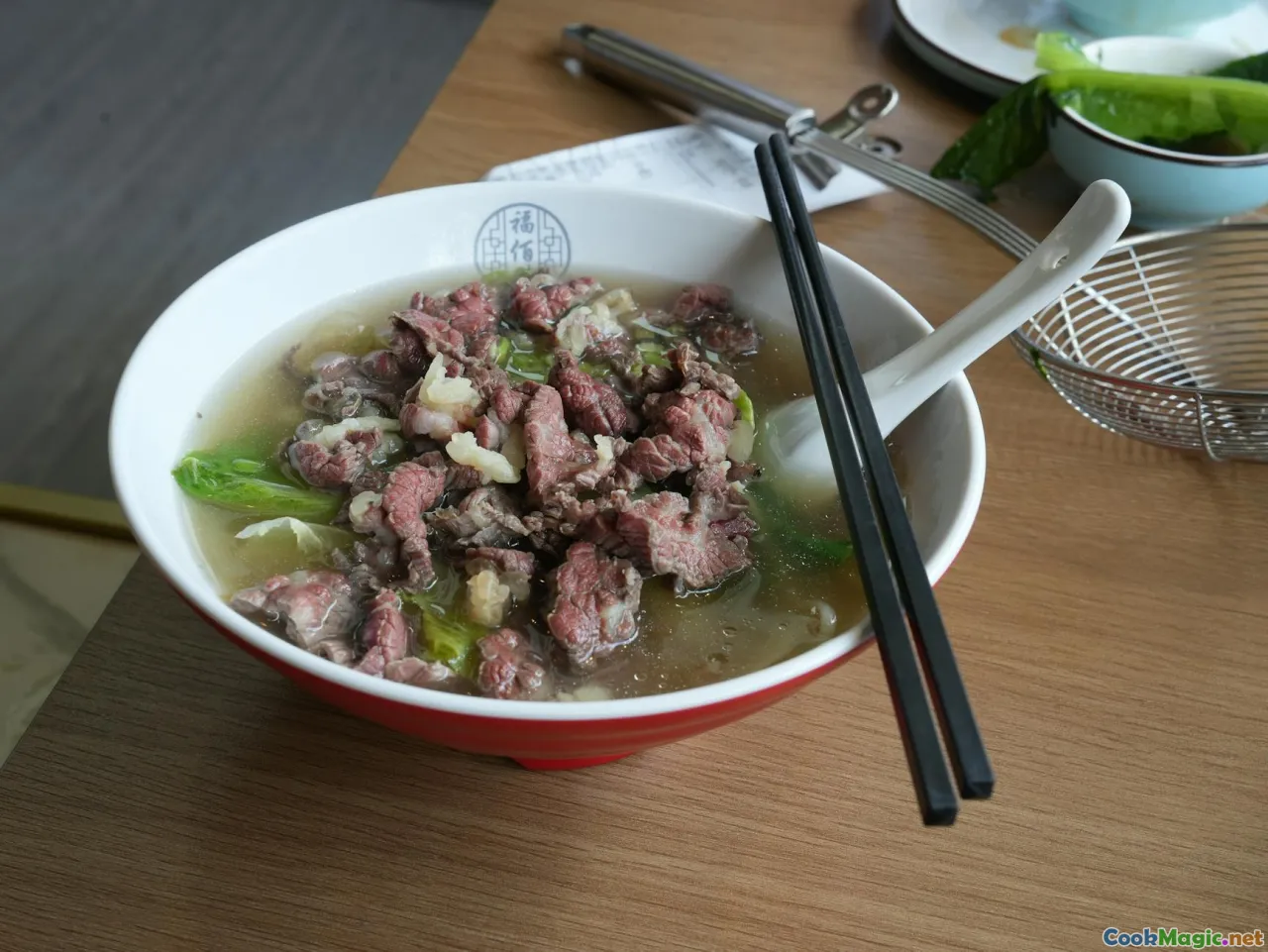Techniques for Balancing Umami in Gundruk Soup
10 min read Discover essential methods to enhance and balance umami flavors in Gundruk Soup for a richer, more harmonious Nepalese culinary experience. June 26, 2025 21:05
The Heart of Nepalese Rustic Flavors: Unraveling Umami in Gundruk Soup
Nestled amidst the lush Himalayan valleys and rolling green hills of Nepal, Gundruk Soup embodies the soul of Nepalese rural culinary tradition. Its tangy, deeply savory notes evoke memories of community gatherings, family warmth, and centuries-old herbal guardianship. At the core of this soulful dish lies a flavor profile that dances with umami — the elusive fifth taste that enriches every sip and spoonful. Yet, achieving a harmonious balance of umami within Gundruk Soup requires a nuanced understanding of ingredients, techniques, and cultural nuances. Let's embark on a sensory journey, exploring the layers of umami and methods to perfect their harmony.

The Cultural Significance and Historical Roots of Gundruk
Gundruk, fermented leafy greens, is a preservation marvel born of necessity—a method passed down through generations to turn seasonal vegetables into winter sustenance. Crafted from mustard greens, radish leaves, or sometimes cauliflower leaves, Gundruk embodies Nepal’s resourcefulness and deep connection with the land.
Historically, the fermentation process not only extended the shelf life of vegetables but also amplified their nutritional value and flavor complexity. As these greens ferment, they release a depth of umami that is both earthy and tangy, a testament to the natural symbiosis between traditional practices and flavor evolution.
Personal Insight: Visiting a Dalit community in Dolpa, I watched women meticulously prepare Gundruk, their hands skillfully massaging the greens and packing them into bamboo baskets. The aroma of fermenting leaves, with faint tartness mingling with the scent of earth, is a sensory gateway into Nepal’s culinary resilience.

The Science of Umami and Its Role in Gundruk Soup
Umami, often described as the savory sense, is triggered by the presence of free amino acids like glutamate, as well as nucleotides such as inosinate and guanylate. In Gundruk Soup, these compounds are predominantly released through the fermentation process, which breaks down vegetable cell walls, freeing flavor compounds abundantly.
When these intensely flavored leafy greens are incorporated into a broth—often with additional ingredients—they create a layered umami profile. The result is a rich, comforting soup that coats the palate with a nuanced savory flavor, balancing the acidity of fermentation with the earthiness of greens.
Culinary Expert's Note: Recognizing the natural umami in Gundruk offers a remarkable opportunity to enhance the dish without resorting to artificial flavorings—leveraging fermentation, ingredient synergy, and cooking techniques for a more authentic, flavorful experience.

Techniques for Enhancing and Balancing Umami in Gundruk Soup
1. Layering Fermentation and Freshness
A key to balancing umami lies in controlling fermentation intensity. Well-fermented Gundruk imparts a robust umami punch but can sometimes overpower the dish, creating an overly sour or salt-heavy flavor. To counterbalance this:
- Incorporate lightly fermented Gundruk alongside fresh greens or herbs like coriander, mint, or chopped scallions.
- Use a mild, aromatic broth base with a touch of traditional seasoning (e.g., ginger, garlic, and turmeric) to add depth without masking the umami.
2. Incorporating Natural Umami Boosters
While Gundruk itself is rich in umami, additives can amplify these flavor profiles:
- Dried, smoked meat or fish (e.g., dried beef or shrimps): These traditional ingredients provide a smoky, meaty umami foundation.
- Tomatoes or tomato paste: Their natural glutamates enhance the savoriness.
- Fermented soy products (like traditional Nepali gundruk-based chutneys): When used cautiously, these can introduce additional savory notes.
3. Use of Acid and Sweetness to Balance Tartness
Fermentation confers tang and acidity—crucial for flavor complexity but potentially disruptive if unbalanced:
- Add a splash of Himalayan apple vinegar or a squeeze of lemon to brighten the broth.
- Introduce a hint of honey or jaggery to mellow acidity and introduce subtle sweetness, balancing the overall profile.
4. Proper Cooking Timing and Techniques
- Avoid overcooking Gundruk; adding it towards the end of cooking preserves its vibrant umami and prevents bitter or overly sour notes.
- Use low, slow simmering to develop flavors gently, allowing savory compounds to meld seamlessly.

Comparing Umami Techniques Across Nepalese Dishes
Nepalese cuisine offers numerous stories of umami mastery—think of the fermented soybean pastes used in Thukpa or the pungent aged cheeses in Tibetan-inspired dishes. For instance:
- **Jhol Mo: Jhol emphasizes a gentle, aromatic broth with subtle umami from sautéed tomatoes and meat.
- Barley and Lentil Soups: Incorporate fermented ingredients or smoked meats for depth.
Learning from these dishes reveals that balancing umami isn't about overpowering but about creating a symphony—each element amplifies and offsets the others.

Personal Anecdotes and Classic Recipes
During a village festival in Timure, I sampled Gundruk Soup prepared by local women over an open fire. The aroma of garlic and ginger simmering in the broth wove deeply into the essence of the dish, awakening memories of my childhood in Kathmandu.
To emulate their mastery, I recommend starting with a base of homemade beef or vegetable stock, adding sliceable Gifts of the Land—Gundruk, fresh greens, and and a dash of Himalayan mountain salt. Finish with a splash of fresh lemon juice to lift the flavors, complementing the umami-rich ingredients.
My Personal Advice:
- Always taste continuously—it's a dance of flavors.
- Strive for balance: umami should be inviting, not dominating.
- Use fermentation as a flavor builder, respecting the cultural tradition behind it.

Final Reflection: Embracing the Depth of Nepalese Culinary Art
In mastering the techniques to balance umami in Gundruk Soup, we connect with a culinary heritage rooted in patience, resourcefulness, and a profound respect for flavors. This soup’s layered complexity is a testament to Nepal’s gastronomic philosophy—a harmony of earthy fermentation, aromatic herbs, and gentle seasoning.
As you craft your own bowl of Gundruk Soup, remember that balancing umami is not a scientific formula but an art—a mindful dialogue among ingredients, techniques, and senses. The perfect bowl offers a profound comfort, a taste of Nepal’s resilient spirit, and a moment of connection to a land where every leaf, splash, and simmer tells a story.
Embark on this flavorful journey with respect and curiosity—your palate will thank you.










